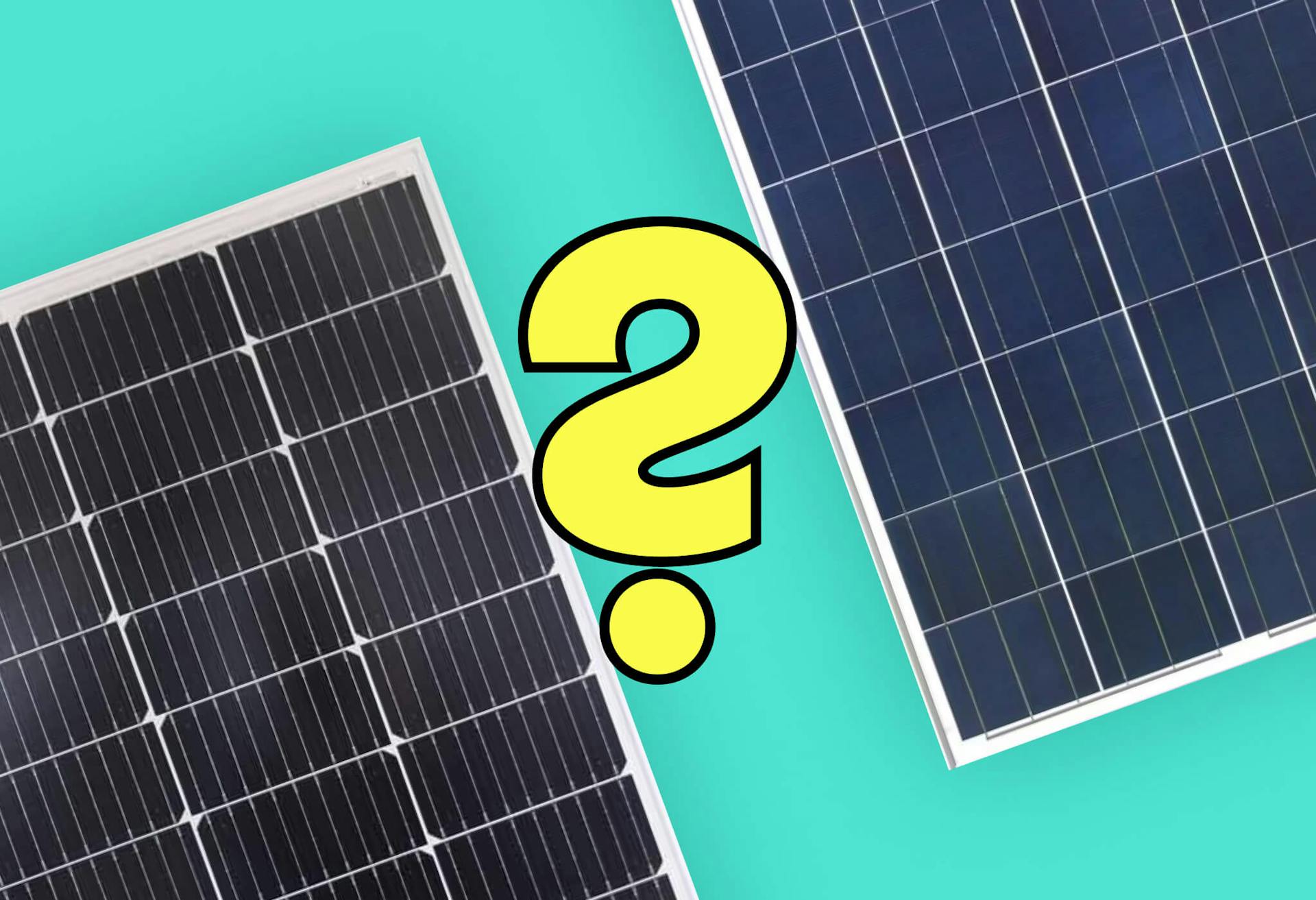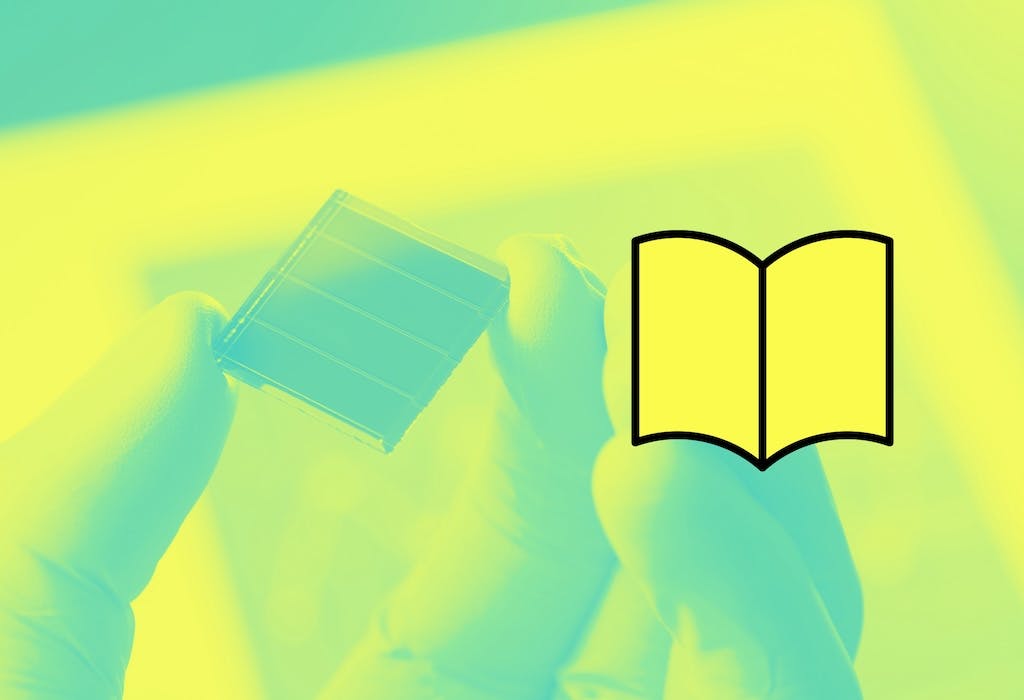- Solar advice hub
- Solar-technology
- The best new solar panel technology in 2025
The best new solar panel technology in 2025
We explore the nine most exciting developments in the solar industry in 2025, from indoor solar panels to 'two-for-one' fission.


Why you can trust our content
We know that the solar industry is full of misinformation, but we only use reliable sources, including:
- Our experienced solar experts, installers and system designers
- Our own database of solar & battery system designs
- Authoritative bodies like MCS and the UK government




At a glance
This year, the solar industry has experienced a surge of innovative technologies aimed at enhancing efficiency, sustainability and versatility.
From singlet fission and organic solar cells to indoor solar panels, this article explores the most exciting breakthroughs and their potential to transform how we harness solar energy.
But if you’d like to find out how much you could save with a traditional solar & battery system, click the button below, pop in a few quick details, and we’ll calculate an estimate.
What’s the latest solar panel technology in 2025?
Remarkable advancements in materials, design and efficiency are shaping the solar industry this year.
Here are the top nine solar panel technologies that have been making waves .
9. Perovskite solar panels
We've already covered perovskite solar panels and how they're shaking things up in the solar industry - they combine traditional silicon with a synthetic material called perovskite, leading to extremely high levels of efficiency.
Perovskite solar panels are now recording impressive efficiencies of up to 27%, which is about three percentage points higher than the best monocrystalline solar panels.
However, despite their high efficiency, perovskite solar panels have a few fundamental issues - mainly that they are quite unstable, and don’t cope well with oxygen, heat and moisture. This means they degrade rapidly (sometimes in just a few months), while traditional silicon cells can last decades.
If these stability and longevity issues are resolved, perovskite could completely transform the power of residential solar in the UK.
8. Organic photovoltaics
Organic photovoltaics (OPVs), otherwise known as organic solar cells, are emerging as a promising solar technology.
These solar cells use semiconducting polymers to convert sunlight into electricity, offering a more sustainable and eco-friendly alternative to traditional silicon-based cells. This also makes them lightweight, flexible and cheap to produce.
Recent advancements have pushed OPVs efficiency close to 20% on a small-cell level, making them competitive with conventional PV technologies. But the widespread use of OPVs is still a few years away.
The main hurdles are boosting the efficiency of large modules (the record for which is currently around 14.5%) and improving the cells' long-term stability.
7. Quantum dot solar cells
Quantum dot solar cells (QDSCs) use nanoscale - that is, extremely miniscule - semiconductor particles. These tiny cells can be engineered to absorb different wavelengths of light, giving them far greater potential than silicon (which can only absorb a limited range of the light spectrum).
Recent research data shows that QDSCs have achieved 19.1% efficiency in a lab environment, which is a promising look at their potential to compete with traditional solar technologies.
However, QDSCs are still in the research and development phase. Like other technologies on this list, they still face several challenges related to stability and production costs.
6. Kesterite solar cells
Kesterite solar cells are the next big thing in the world of thin-film solar panels. These cells, composed of earth-abundant materials like copper, zinc, tin, and selenium, offer a greener alternative to traditional solar cells.
Most notably, kesterite panels are flexible enough to be bent at a maximum 70-degree angle, making them highly versatile. In June 2024, a team of Chinese researchers achieved a certified cell efficiency of 14.2% with kesterite, although kesterite is still far less efficient than regular thin-film materials (like copper indium gallium selenide, or CIGS) in mass production.
However, unlike CIGS solar cells, kesterite solar cells are not expected to face any supply bottlenecks in the future. If researchers can improve their efficiency, they could become a serious competitor.
5. Improved solar panel recycling
New methods in solar panel recycling have made great strides in avoiding harmful chemicals. 9Tech, an Italian startup, has developed an innovative method that recovers 99% of solar panel components while avoiding harmful emissions.
This innovation vastly improves the environmental impact of solar panel recycling, making it cleaner and greener than ever before.
While solar panel recycling is already happening, these advancements are expected to significantly increase its adoption worldwide. There are still challenges with scaling up the technology and cutting costs, but this eco-friendly recycling method has the potential to go mainstream in the next few years.

4. ‘Two-for-one’ fission
In June 2024, researchers at Cornell University, New York, developed a method called 'two-for-one' fission, or singlet fission. This method uses ultrafast laser spectroscopy to allow an organic molecule to absorb light and split its energy into two - effectively doubling its ability to harvest light.
As exciting as it sounds to be able to double a solar cell's light-harvesting potential, this technology is still in the experimental phase. We are still several years, plus significant engineering work, away from its use in real-world applications.
3. Indoor solar panels
Ambient Photonics, a US company, has developed indoor solar panels that harvest energy from ambient indoor light, providing a sustainable power source for low-energy devices like wireless keyboards and remote controls.
The company claims that its solar cells can deliver three times more power than existing technologies in low-light conditions (for example, solar calculators), making them an ideal replacement where traditional disposable batteries are in use.
This technology is already in production, as the company has since announced partnerships with both Google and Primax, a Taiwanese electronics manufacturer, to create integrated products for launch in 2024.
2. Solar panel fences
Disclaimer: this isn’t a new technology, it’s just putting standard solar panels somewhere new - but it’s an interesting development and well worth a mention this year.
Property owners are creatively using solar panels as fences to serve as both boundaries and electricity generators. This approach makes the most of available space to help meet local energy needs.
Since scaffolding and labour make up most of the high cost of solar panels, German solar suppliers are offering cheap 'plug-and-play' PV systems to attach to fences that owners can install themselves, without any professional help or planning permission. However, these tend to be far less productive than rooftop solar installations because of how they're positioned, as they’re extremely far from the ideal angle and orientation.
Solar panel fences are close to common use, especially in Germany and the Netherlands, with companies like Next2Sun already showing the possibilities. As awareness and demand grows, solar panel fences could become a common sight within the next few years.
1. Textured solar cells
Textured solar cells are a significant advancement in solar technology, designed to capture up to 66% more daylight than conventional flat cells.
These solar cells feature small bumps (closely resembling braille) that allow them to absorb light from a wider range of directions and maximise light absorption of both transverse electric (TE) and transverse magnetic (TM) polarised light, making them more productive.
While the technology is full of potential, it's still in its research and development phase. Widespread use will depend on further optimisation, which could take several years to achieve.
New solar panel technology: FAQs
Related articles

The 6 different types of solar panels
Read full story
Why are black solar panels better than blue?
Read full story
Perovskite solar panels: an expert guide
Read full story
How quickly are solar panels improving?
Read full story
Written byMelody Abeni
Based in London, Melody is a specialist green technology writer who has been covering sustainability, climate action and ESG for the past five years, after gathering operational experience in green investing and financial services. She has written for various industry publications, including renewable technology advisor The Eco Experts, and she holds a Master’s degree in law from Birkbeck University.